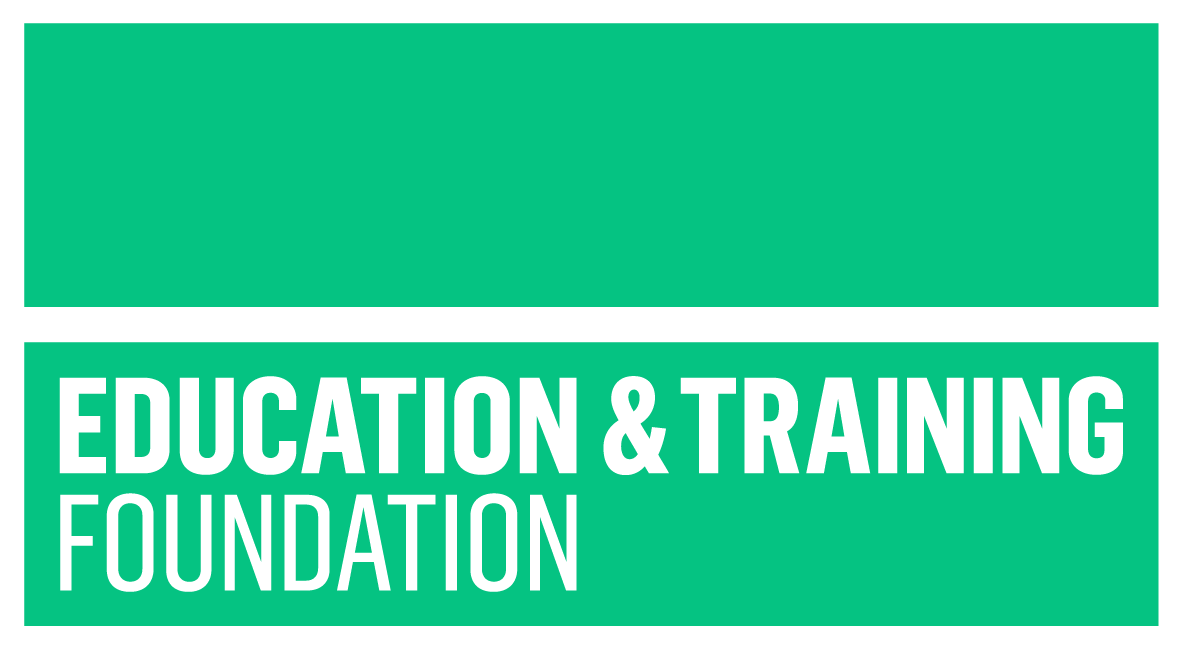In the second of three articles focusing on motivating teachers to remain in Further Education (FE) and the part an alternative approach to professional development could play, Education Consultant Dr Tricia Odell explores the practicalities of introducing a collaborative approach and the role that middle leaders can play in creating the conditions for this model.
In the first article in this series, it was suggested that a top-down model (where an expert leads a training session) may not lead to sustainable changes in teaching and learning, and that if we want teachers to stay in the profession and improve their practice, then leaders need to consider an alternative approach to professional learning. Here, we will explore the practicalities of introducing a collaborative approach and think about the role that middle leaders can play in creating the conditions for this model to take root.
The five different stages are explained in more detail below:
- To foster a sense of ownership from the outset, the teacher (rather than their manager) identifies areas of their practice that they would like to improve, perhaps using the Professional Standards for Teachers and Trainers as a starting point (ETF, 2022).
- The teacher (mentee) is then matched with an experienced practitioner (mentor). At the first meeting they agree a mentoring contract that may include expectations of each other’s roles, joint responsibilities and frequency of meetings. The mentor teases out the mentee’s perceived strengths and chosen areas for development.
- Mentors and mentees meet regularly, engaging in learning conversations during which the mentor encourages the mentee to critically reflect on their practice and to experiment with new ideas, supporting them to engage with relevant educational theory and research.
- The mentee explores new pedagogical approaches by carrying out peer observations, maybe engaging in team teaching, experimenting with new strategies and then critically reflecting on these experiences with their mentor.
- Teachers come together regularly in communities of practice to share learning.

